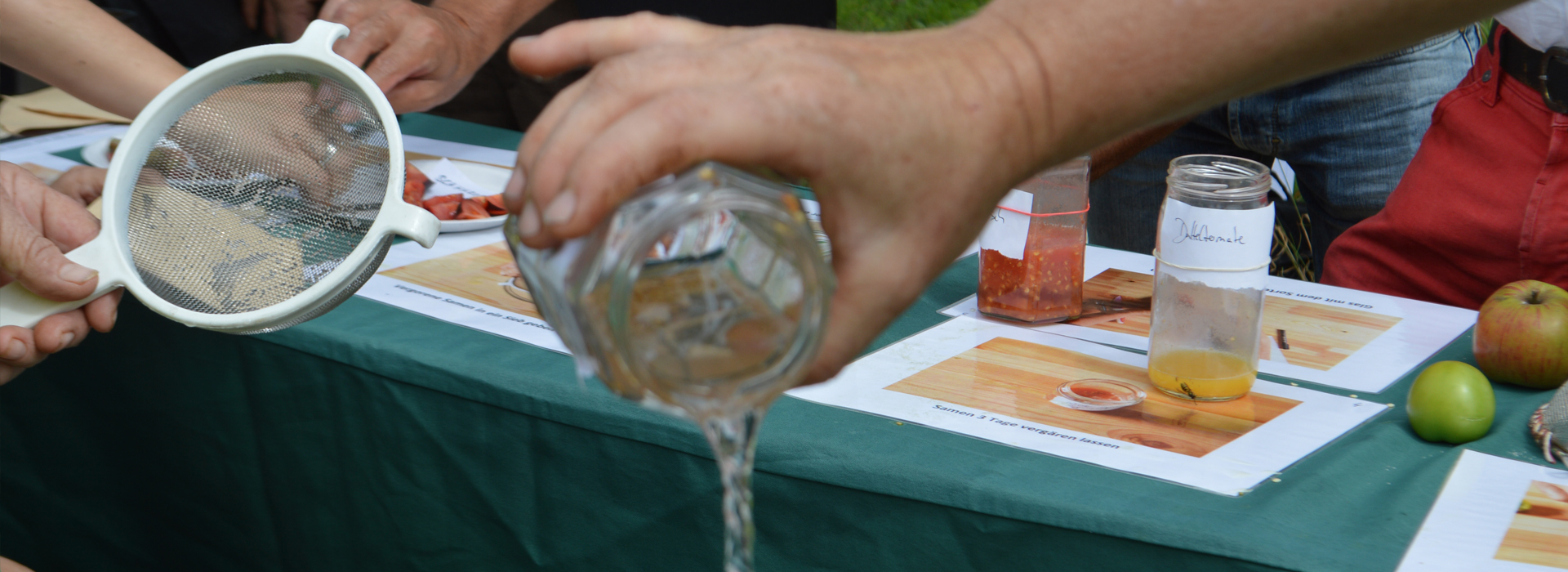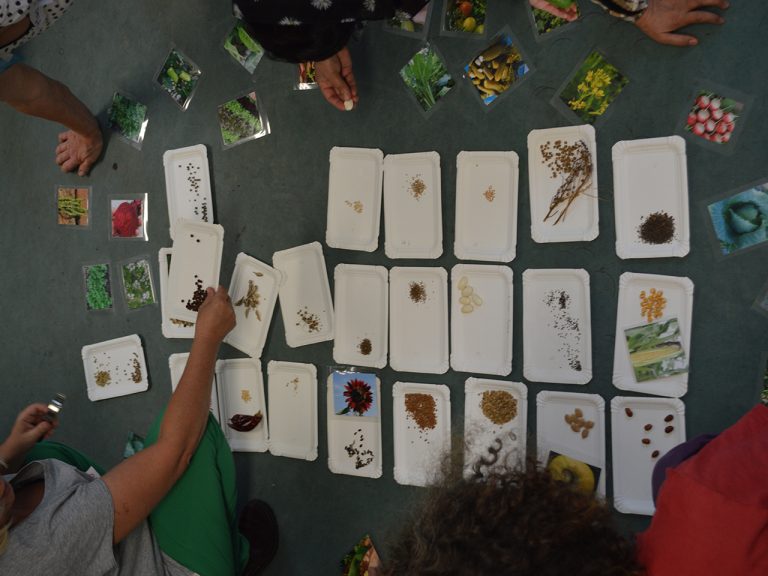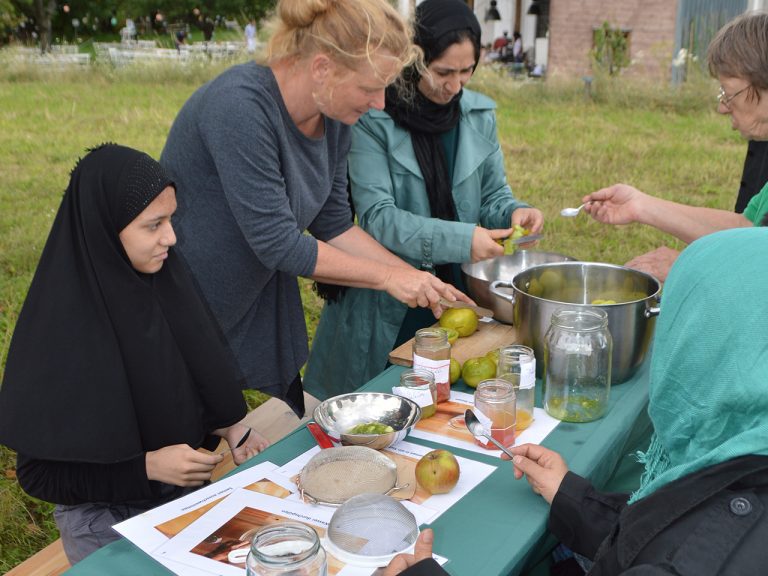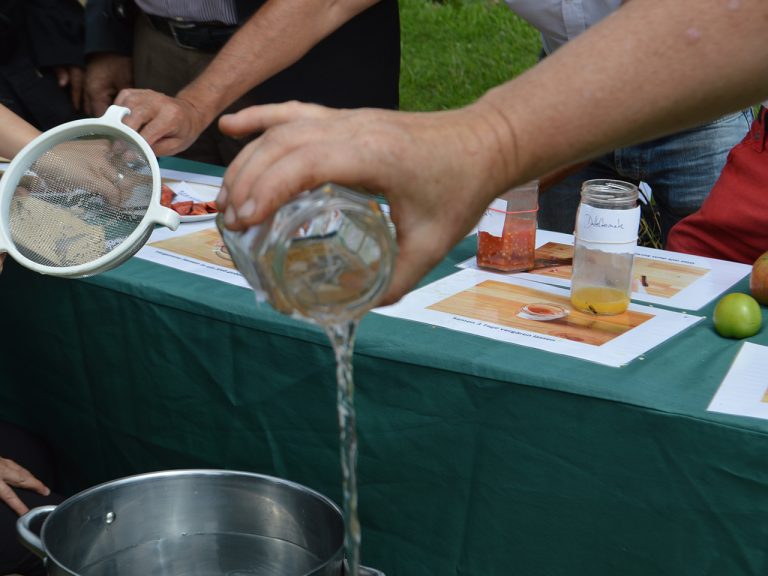Development of training tools about seed propagation for groups without a common language.
“Using drawings, role playing and different materials to ensure learning is fun. The more practical and action-oriented you make it the easier it is to explain without a spoken common language.
Similar methods can be used for other topics.”
Description of the activity
The Seed Project develops tools of teaching and training for community gardens that do not have a common language that is spoken by all gardeners. It was carried out from spring to autumn 2016. The key question was how to pass on knowledge without using too much spoken language. The activity was made up of three workshops, one day trip and a celebration of the project in the end. The participants were women who were members of the garden group. For the day trip they also brought their families.
“Using drawings, role playing and different materials to ensure learning is fun. The more practical and action-oriented you make it the easier it is to explain without a spoken common language.
Similar methods can be used for other topics.”
The aim of the project was to transmit knowledge about seeds and seed propagation, and to demonstrate, that people can learn together although they do not share a common language.

 English
English  Deutsch
Deutsch  Español
Español  Svenska
Svenska 








